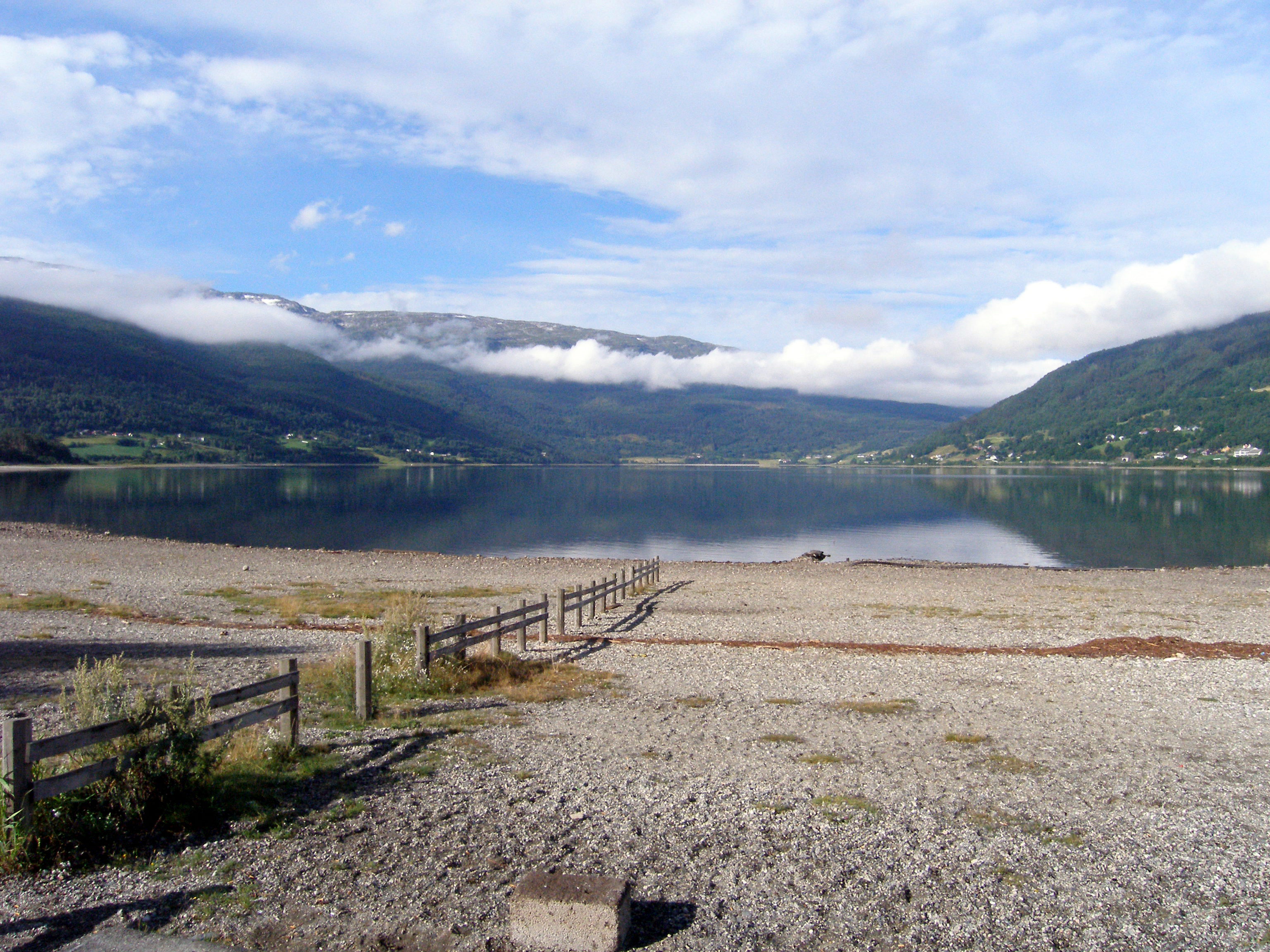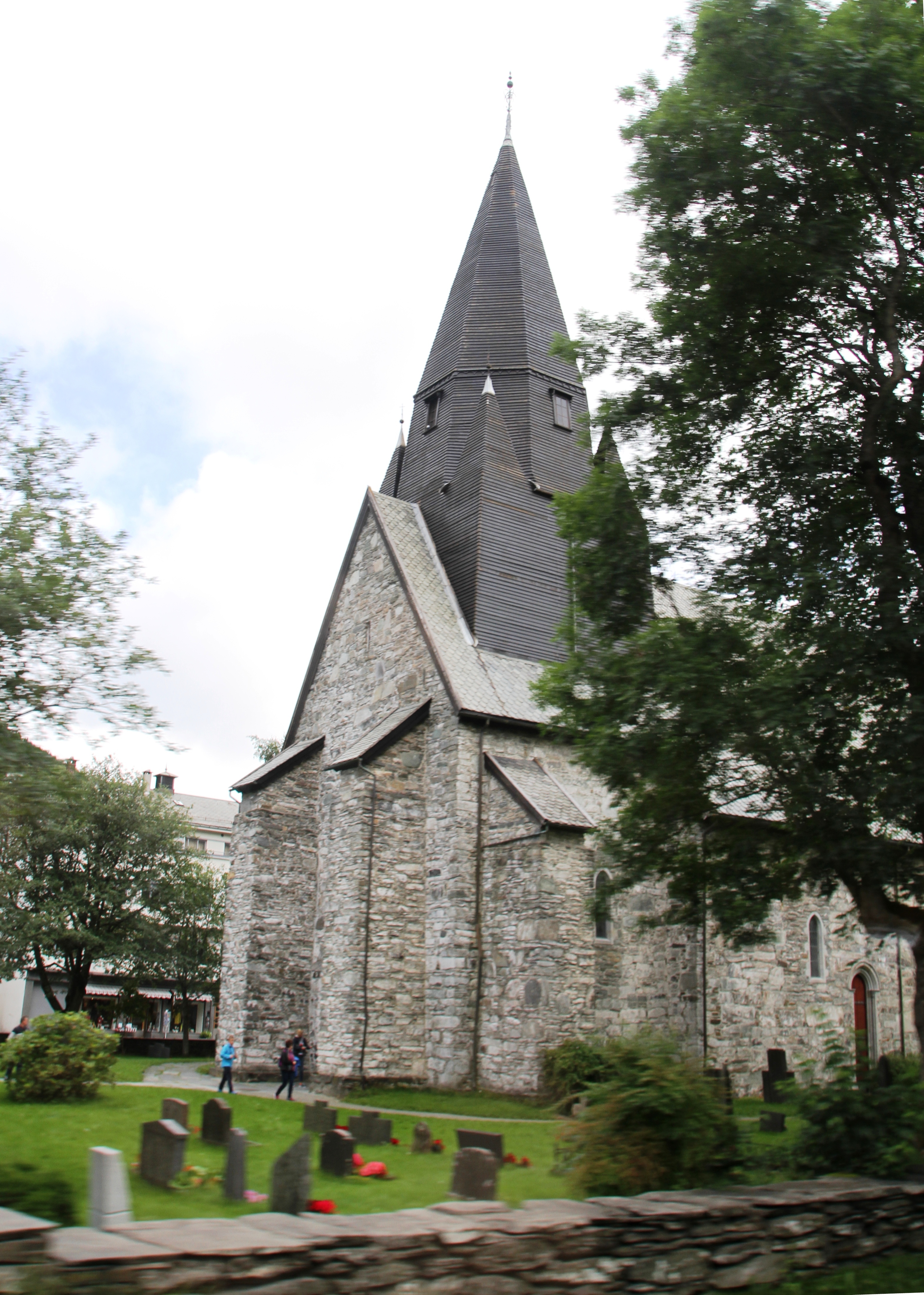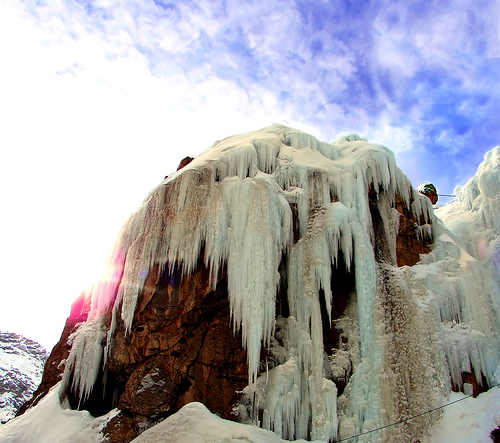|
Vangsvatnet
Vangsvatnet is a lake in the municipality of Voss in Vestland county, Norway. The lake lies in the central part of the municipality, on the southwestern shore of the municipal centre of Vossevangen. The Vosso River flows through both Vangsvatnet and the lake Evangervatnet before it empties into Bolstadfjorden by the village of Bolstadøyri to the west. The lake is used for various water-based extreme sports activities like Kite surfing and boat dragged paragliding. Other activities include paddleboarding, windsurfing and canoeing with Voss Flow. Vangsvatnet is named after the place Vangen—the municipal center and old churchsite of Voss. The last element is the finite form of ''vatn'', meaning lake.''Norwegian-English Dictionary: A Pronouncing and Translating Dictionary of Modern Norwegian'' (1974) by Einar Haugen. University of Wisconsin Press) European route E16 and the Bergen Line both run along the northern shore of the lake. See also *List of lakes in Norway ... [...More Info...] [...Related Items...] OR: [Wikipedia] [Google] [Baidu] |
Voss
Voss () is a municipality and a traditional district in Vestland county, Norway. The administrative center of the municipality is the village of Vossevangen. Other villages include Bolstadøyri, Borstrondi, Evanger, Kvitheim, Mjølfjell, Oppheim, Stalheim, and Vinje. The municipality is the 35th largest by area of Norway's 356 municipalities. Voss is Norway's 77th most populous municipality, with a population of 15,875. Its population density is and its population has increased by 6.5% over the last 10 years. Municipal history The parish of Voss was established as a municipality on 1 January 1838 (see formannskapsdistrikt law). On 1 January 1867, a small area in northern Voss (population 28) was transferred to the municipality of Hosanger. On 1 January 1868, the municipality's northern district (population 2,009) was separated to form the new municipality of Vossestrand. This left 7,592 residents in Voss. On 21 August 1868, an unpopulated area of northern Voss was transfe ... [...More Info...] [...Related Items...] OR: [Wikipedia] [Google] [Baidu] |
Voss Flow
Voss () is a municipality and a traditional district in Vestland county, Norway. The administrative center of the municipality is the village of Vossevangen. Other villages include Bolstadøyri, Borstrondi, Evanger, Kvitheim, Mjølfjell, Oppheim, Stalheim, and Vinje. The municipality is the 35th largest by area of Norway's 356 municipalities. Voss is Norway's 77th most populous municipality, with a population of 15,875. Its population density is and its population has increased by 6.5% over the last 10 years. Municipal history The parish of Voss was established as a municipality on 1 January 1838 (see formannskapsdistrikt law). On 1 January 1867, a small area in northern Voss (population 28) was transferred to the municipality of Hosanger. On 1 January 1868, the municipality's northern district (population 2,009) was separated to form the new municipality of Vossestrand. This left 7,592 residents in Voss. On 21 August 1868, an unpopulated area of northern Voss was transfe ... [...More Info...] [...Related Items...] OR: [Wikipedia] [Google] [Baidu] |
Vossevangen
Vossevangen or Voss is the administrative centre of Voss municipality in Vestland county, Norway. Location The village lies on the northeastern shore of the lake Vangsvatnet in the central part of the municipality, about east of the city of Bergen. The villages of Borstrondi and Kvitheim are both small suburbs located just north of Vossevangen. The village has a population (2019) of 6,745 and a population density of . The European route E16 highway and the Bergensbanen railway line both run through the village. The railway line stops at Voss Station in the centre of the village. This is the main road and main railway line between the cities of Oslo and Bergen. The Norwegian National Road 13 also runs through the village. Etymology Vossevangen takes its name from the Old Norwegian word ''"vang"'' (Old Norse: ''Vangr'') which means "field" or "meadow", and refers to the large grass field lying between Voss Church and the lake Vangsvatnet. History According to legend, the pe ... [...More Info...] [...Related Items...] OR: [Wikipedia] [Google] [Baidu] |
Evangervatnet
Evangervatnet or Lake Evanger is a lake in Voss Municipality in Vestland county, Norway. The Vosso River flows through both Vangsvatnet and Evangervatnet before it empties into Bolstadfjorden by the village of Bolstadøyri. Evangervatnet is named for the village of Evanger, located on the eastern end of the lake. The last element ''vatnet'' is the definite form of ''vatn'' meaning lake. European route E16 highway and the Bergen Line both run along the southern shore of the lake. The northern shore of the lake is mostly mountainous and uninhabited. See also *List of lakes in Norway This is a list of lakes and reservoirs in Norway, sorted by county. For the geography and history of lakes in that country, see Lakes in Norway, including: * List of largest lakes in Norway * List of deepest lakes in Norway Akershus *Bjørk ... References Lakes of Vestland Voss {{Vestland-geo-stub ... [...More Info...] [...Related Items...] OR: [Wikipedia] [Google] [Baidu] |
Bergen Line
The Bergen Line or the Bergen Railway ( no, Bergensbanen or nn, Bergensbana), is a long scenic standard gauge railway line between Bergen and Hønefoss, Norway. The name is often applied for the entire route from Bergen via Drammen to Oslo, where the passenger trains go, a distance of . It is the highest mainline railway line in Northern Europe, crossing the Hardangervidda plateau at above sea level. The railway opened from Bergen to Voss in 1883 as the narrow gauge Voss Line. In 1909 the route was continued over the mountain to Oslo and the whole route converted to standard gauge, and the Voss Line became part of the Bergen Line.Jernbaneverket, 2007: 44 The line is single track, and was electrified in 1954–64.Jernbaneverket, 2006: 33 The Bergen Line is owned and maintained by Bane NOR, and served with passenger trains by Vy and freight trains by CargoNet. The Flåm Line remains as the only branch line, after the closure of the Hardanger Line. The western section from Be ... [...More Info...] [...Related Items...] OR: [Wikipedia] [Google] [Baidu] |
List Of Lakes In Norway
This is a list of lakes and reservoirs in Norway, sorted by county. For the geography and history of lakes in that country, see Lakes in Norway, including: * List of largest lakes in Norway * List of deepest lakes in Norway Akershus *Bjørkelangen * Bogstadvannet *Dælivannet * Engervannet * Hallangen *Hurdalsjøen * Lyseren *Mangen * Mjøsa *Øgderen * Østernvann * Øyangen (Gran) *Øyeren *Rødenessjøen *Setten Aust-Agder *Åraksfjorden * Blåsjø *Botnsvatnet *Botsvatn * Breidvatn *Byglandsfjorden * Fisstøylvatnet * Grøssæ * Gyvatn *Hartevatnet *Herefossfjorden * Holmavatnet * Holmevatnet *Homstølvatnet *Hovatn *Høvringsvatnet *Kilefjorden * Kolsvatnet *Kvifjorden *Longerakvatnet *Måvatn * Myklevatnet *Nasvatn *Nelaug * Nesvatn *Nystølfjorden *Ogge *Ormsavatnet * Østre Grimevann * Øyarvatnet * Ramvatn *Reinevatn * Rore *Rosskreppfjorden * Sæsvatn *Skyvatn *Store Bjørnevatn *Store Urevatn * Straumsfjorden * Svartevatnet *Syndle *Topsæ *Uldalsåna *Vatndals ... [...More Info...] [...Related Items...] OR: [Wikipedia] [Google] [Baidu] |
Lake
A lake is an area filled with water, localized in a basin, surrounded by land, and distinct from any river or other outlet that serves to feed or drain the lake. Lakes lie on land and are not part of the ocean, although, like the much larger oceans, they do form part of the Earth's water cycle. Lakes are distinct from lagoons, which are generally coastal parts of the ocean. Lakes are typically larger and deeper than ponds, which also lie on land, though there are no official or scientific definitions. Lakes can be contrasted with rivers or streams, which usually flow in a channel on land. Most lakes are fed and drained by rivers and streams. Natural lakes are generally found in mountainous areas, rift zones, and areas with ongoing glaciation. Other lakes are found in endorheic basins or along the courses of mature rivers, where a river channel has widened into a basin. Some parts of the world have many lakes formed by the chaotic drainage patterns left over from the la ... [...More Info...] [...Related Items...] OR: [Wikipedia] [Google] [Baidu] |
Bolstadfjorden
Bolstadfjorden is a long fjord in Vaksdal and Voss municipalities in Vestland county, Norway. The Bolstadfjorden is a branch of Veafjorden and a continuation of Vikafjorden. Vikafjorden meets Bolstadstraumen at Straume and the mouth of Bolstadfjorden. It is the innermost point of the fjord system surrounding the city of Bergen.Bolstadfjorden at Norgeskart.no by  Bolstadfjorden is deep with a threshold of only which cre ...
Bolstadfjorden is deep with a threshold of only which cre ...
[...More Info...] [...Related Items...] OR: [Wikipedia] [Google] [Baidu] |
Vestland
Vestland is a county in Norway established on 1 January 2020. The county is located in Western Norway and it is centred around the city of Bergen, Norway's second largest city. The administrative centre of the county is the city of Bergen, where the executive and political leadership is based, but the County Governor is based in Hermansverk. The county is one of two counties in Norway that have Nynorsk as their official written language form (the others are neutral as to which form people use). Vestland was created in 2020 when the former counties of Hordaland and Sogn og Fjordane (with the exception of Hornindal municipality, which became part of Volda municipality in Møre og Romsdal county) were merged. History Vestland county is a newly created county, but it has been inhabited for centuries. The area was made up of many petty kingdoms under the Gulating during the Middle Ages. The northern part was the known as ''Firdafylke'' (now the Fjordane region; Nordfjord-Sunnfjord), ... [...More Info...] [...Related Items...] OR: [Wikipedia] [Google] [Baidu] |
Extreme Sports
Action sports, adventure sports or extreme sports are activities perceived as involving a high degree of risk. These activities often involve speed, height, a high level of physical exertion and highly specialized gear. Extreme tourism overlaps with extreme sport. The two share the same main attraction, " adrenaline rush" caused by an element of risk, and differ mostly in the degree of engagement and professionalism. Definition The definition of extreme sports is not exact and the origin of the terms is unclear, but it gained popularity in the 1990s when it was picked up by marketing companies to promote the X Games and when the Extreme Sports Channel and Extreme International launched. More recently, the commonly used definition from research is "a competitive (comparison or self-evaluative) activity within which the participant is subjected to natural or unusual physical and mental challenges such as speed, height, depth or natural forces and where fast and accurate cogniti ... [...More Info...] [...Related Items...] OR: [Wikipedia] [Google] [Baidu] |
Kite Surfing
Kiteboarding or kitesurfing is a sport that involves using wind power with a large power kite to pull a rider across a water, land, or snow surface. It combines aspects of paragliding, surfing, windsurfing, skateboarding, snowboarding, and wakeboarding. Kiteboarding is among the less expensive and the more convenient sailing sports. After some concepts emerged in the late 1970s and early 1980s and some designs were successfully tested, the sport received a wider audience in the late 1990s and became mainstream at the turn of the century. It has freestyle, wave-riding, and racing competitions. The sport held the speed sailing record, reaching before being eclipsed by the Vestas Sailrocket. Worldwide, there are 1.5 million kitesurfers, while the industry sells around 100,000 to 150,000 kites per year. Most power kites are leading edge inflatable kites or foil kites attached by about of flying lines to a control bar and a harness. The kitesurfer rides on either a bidir ... [...More Info...] [...Related Items...] OR: [Wikipedia] [Google] [Baidu] |







.jpg)


